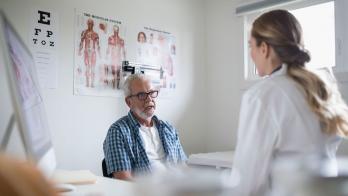
About the author: Joost Bruggeman, a former surgery resident at Amsterdam University Medical Centre, chose to transition into entrepreneurship after experiencing first-hand how inefficiency in medical communications can negatively impact the quality of patient care. He co-founded Siilo to focus on secure, reliable communication and collaboration tools so that medical professionals everywhere can safely collaborate on patient care.
In order to be at the top of their game, healthcare professionals are wielding all of the tools at their disposal. Productivity, information sharing, and streamlined processes have become even more critical to safe practice of medicine.
Communication is an integral component of healthcare. When dealing with a pandemic like COVID-19, it is essential that the legacy silos of knowledge and experience that exist in healthcare be opened up to ensure efficient information sharing in clinical settings. Breaking down the barriers of communication, collaboration, and geographic distance are some of the benefits that the growing selection of healthcare productivity tools provides.
We’ve compiled a list of some of the most integral and effective tools assisting healthcare professionals today:
Medical device software
Software for medical devices, sometimes referred to as Software as a Medical device, or SaMD, is medical software with an abundance of different functions. These functions can help treat, diagnose, or prevent disease. They can also assist medical professionals when they have to perform invasive and high risk surgeries, providing surgeons with real-time information about what is happening inside the patient's body.
Medical device software is something that stands apart from other medical hardware and performs as its own device. Healthcare professionals can use SaMD to acquire more data and retrieve feedback on that information in real time, which could potentially help them fight COVID-19.
Medical application tools
It should come as no surprise that medical applications (apps) have entered into the mobile phone domain. The mobile phone is ubiquitous, and healthcare has not been exempted from the surge in app-based innovation. Even before COVID-19, medical applications were already on the rise. Today, they are some of the most effective tools provided to medical and healthcare professionals.
Medical messaging apps
With the advent of restrictive lockdowns, working-from-home ordinances, and social distancing, new or more effective means of communication between healthcare professionals in different countries—or even within one city—is absolutely vital. We already use mobile phones to maintain contact with people in our personal lives, so it makes sense to use them for work-based communication as well, so long as their usage meets the security requirements in place to handle medical data.
Medical messaging applications relieve healthcare professionals of many communication and collaboration barriers. Apps are designed specifically to help healthcare professionals and teams better collaborate on difficult cases and share knowledge between each other in order to improve patient care. Messaging allows for communication to become asynchronous, making it easier for busy professionals to continue their work unimpeded but also provide insight in their own time.
Patient-to-doctor video apps
Some apps that have been developed for a mobile phone circumvent physically going to the doctor’s office. By allowing patients to schedule video calls with their doctors, we can avoid packing too many people into tight spaces while still giving patients a direct line to their primary care providers. These apps generally include an AI-powered chatbot to address many of the patient’s health questions in advance of making that call, cutting down on unnecessary “visits”, virtual or otherwise, to the doctor.
Medical information apps
Healthcare professionals are busier than ever and finding the right information on the wide variety of medications and their interactions in the body can require herculean efforts. Medical information apps are emerging to streamline that search process. Healthcare professionals can look up information about a medication, how it will affect the body of the patient, and understand if there are harmful consequences of different medications interacting.
Medical history apps
A healthcare professional’s job is to understand a patient’s medical history in order to effectively assess, examine, and prescribe medication or medical services. Now, there are apps that compile entire collections of medical and patient information, drug-to-drug interactions, even selections of critical medical literature. They function like digital encyclopedias, saving healthcare professionals valuable time that could be spent directly with the patient instead of flipping through charts or locating file folders.
Apps for the elderly
As the demographic hardest hit by COVID-19, the elderly need technology more than ever that addresses their specific needs. Apps focused on the elderly also afford them a measure of autonomy when it comes to their medical care. Patients who are not in a position to travel can communicate directly with their doctors via mobile rather than rely on external assistance. They can also preserve their health by coming into contact with fewer people by using apps to communicate their needs.
Healthcare professionals are currently testing their limits and are trying to defeat a global disease that is elusive as it is novel. Therefore, it is paramount that technology be used to help them combat COVID-19, and they should know these tools at their disposal. The amount of healthcare tools will continue to grow, and this list is not exhaustive, but it is a starting point for those who want to know more about the tools that are available now.

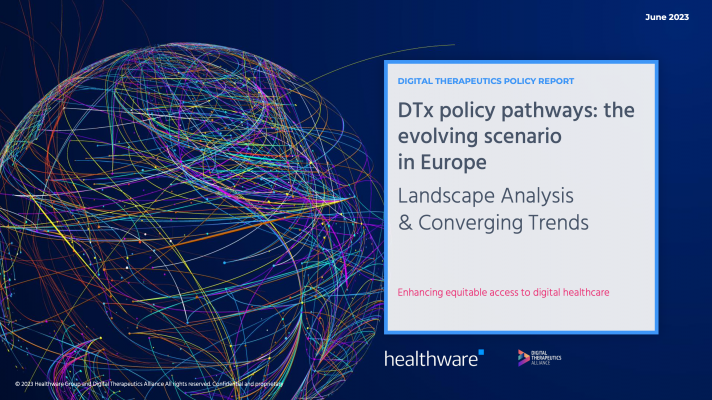




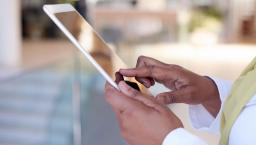
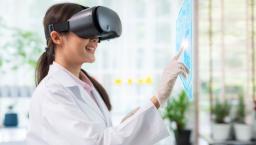
def4.jpg)


